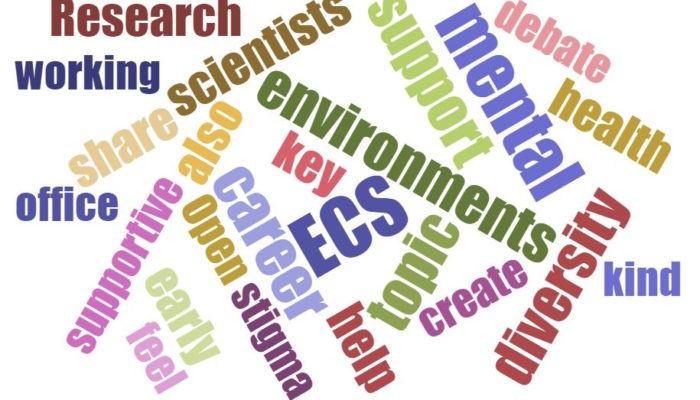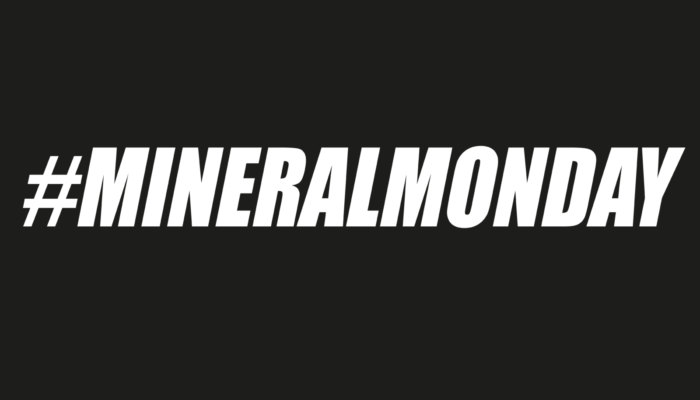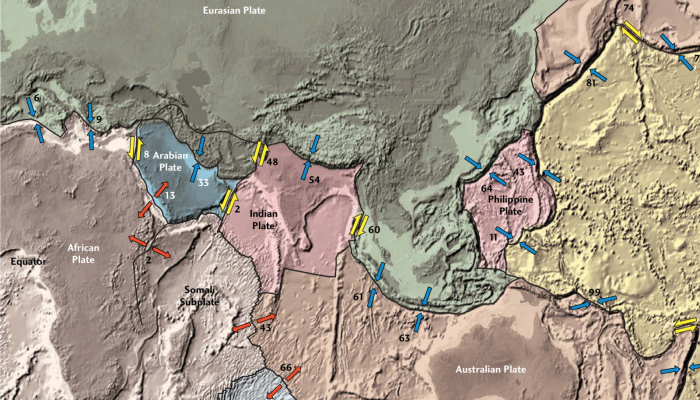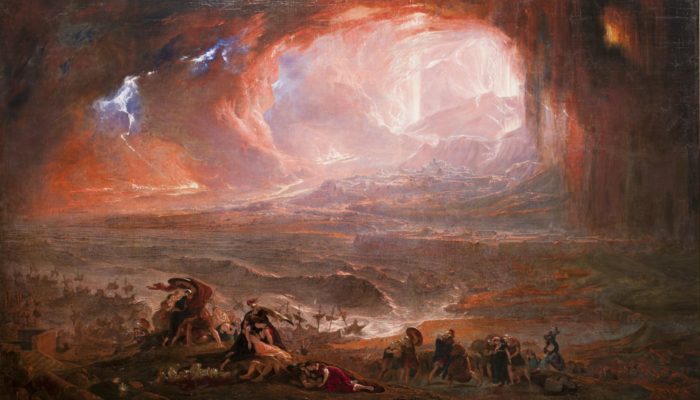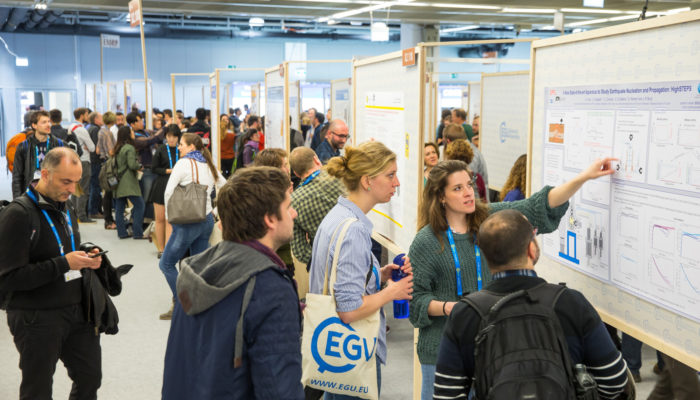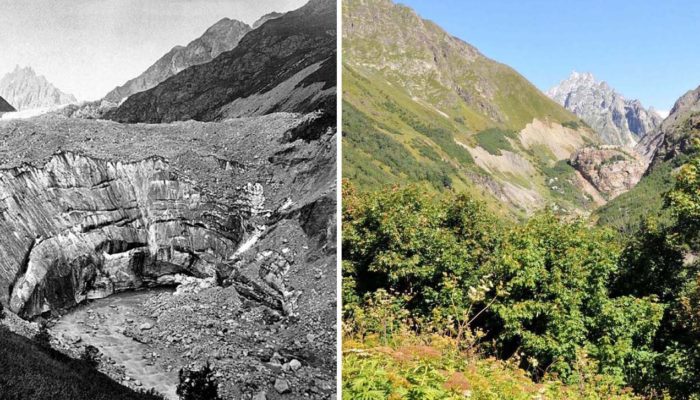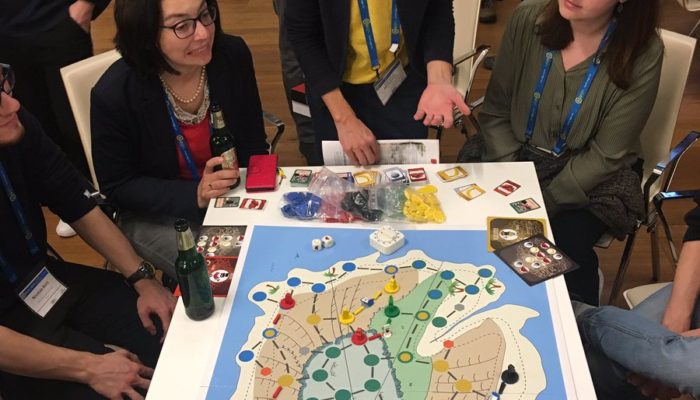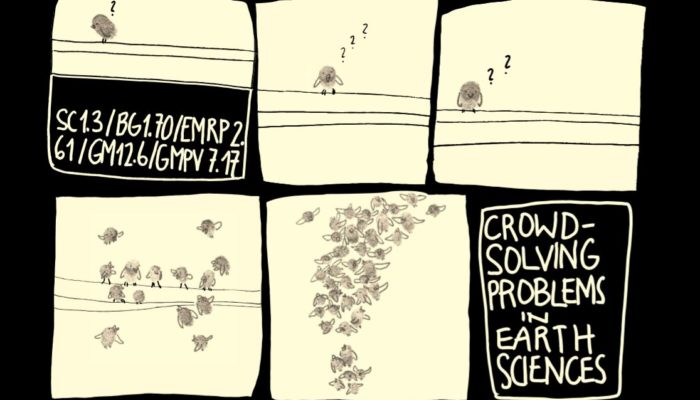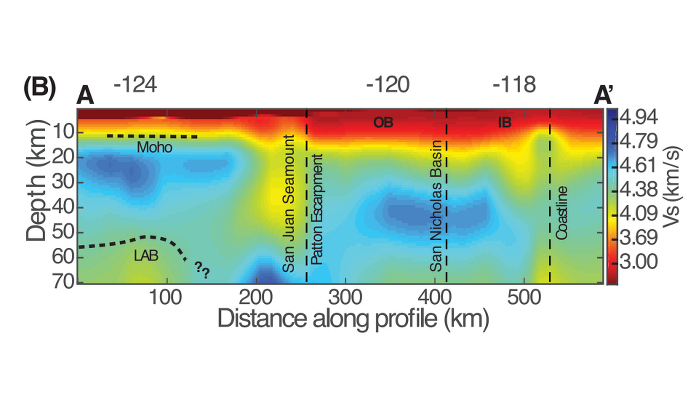The EGU Early Career Scientists’ (ECS) Great Debates offer early career scientists at the EGU General Assembly the chance to network and voice their opinions on important topics in the format of round-table discussions. At the end of the debate, each table delivers a statement that summarises the discussion and recommendations. By publishing the results, we hope to highlight some of the needs of t ...[Read More]
If you didn't find what you was looking for try searching again.
Geodynamics
How the EGU works: Experiences as GD Division President
In a new regular feature, Paul Tackley, president of the EGU geodynamics division, writes about his role as a president, and gives us an insider’s view on how EGU works and is preparing for the future. Stepping into the role of GD Division President has given me a big learning experience about how the European Geosciences Union is run and about how members are represented and can participa ...[Read More]
Geochemistry, Mineralogy, Petrology & Volcanology
#mineralmonday : gadolinite-(Y)
#mineralmonday: your weekly* dose of obscure mineralogy, every Monday** [*not guaranteed; **or possibly Tuesday-Sunday] What is it? Gadolinite-(Y),Y2FeBe2Si2O10 What’s it made of?: It’s a silicate (a mineral containing silicon (Si) and oxygen (O)) also containing yttrium (Y), beryllium (Be) and iron (Fe). Yttrium is a rare earth element – somewhat of a misnomer as in general they ...[Read More]
Tectonics and Structural Geology
Meeting Plate Tectonics – Jean-Philippe Avouac
These blogposts present interviews with outstanding scientists that bloomed and shape the theory that revolutionised Earth Sciences — Plate Tectonics. Get to know them, learn from their experience, discover the pieces of advice they share and find out where the newest challenges lie! Meeting Jean-Philippe Avouac Prof. Jean-Philippe Avouac initially studied mathematics and physics during his underg ...[Read More]
Natural Hazards
Gaius Plinius Secundus and Sergey Soloviev, two names and awards.
The EGU has an award system in place aiming at recognising eminent scientists for their outstanding contribution in Earth, planetary and space science. There are different medals a researcher can be nominated to, including Division ones. Ah, before I forget: the deadline for this year nominations is 15 June! Don’t miss the chance to appoint an outstanding colleague. You can find more information o ...[Read More]
GeoLog
Uploading your 2019 General Assembly presentation
This year it is, once again, possible to upload your oral presentations, PICO presentations and posters from EGU 2019 for online publication alongside your abstract, giving all participants a chance to revisit your contribution – hurray for open science! Files can be in either PowerPoint or PDF format. Note that presentations will be distributed under the Creative Commons Attribution 4.0 License. ...[Read More]
Cryospheric Sciences
Climate Change & Cryosphere – Caucasus Glaciers Receding
The Tviberi Glacier valley is located in the Svaneti Region – a historic province of the Georgian Caucasus. Between 1884 and 2011, climate change has led to a dramatic retreat of the ice in this valley. Other glaciers in the Greater Caucasus evolved in a similar way in past decades. We investigated glaciers and their changes both in-situ and with remote sensing techniques in the 53 river bas ...[Read More]
GeoLog
Games, games, games at the EGU 2019 meeting
At the EGU General Assembly 2019, more than 16,000 scientists came together in Vienna to present their research, discuss the latest advances in their field, and engage in workshops. On the Wednesday evening of the EGU conference, hundreds of researchers also came together to play geoscience-based games! Games can be great tools for geoscience outreach and education, as they have the ability to sim ...[Read More]
GeoLog
Challenging challenges in Earth science research at the EGU General Assembly!
At the EGU General Assembly 2019 last month, if you walked through the dark basement and the most distant hallways of the convention centre, into room -2.62 on Wednesday evening, you may have heard people introducing themselves followed by the words “… and I have a problem.” This may have sounded like a support group. In fact, if you had entered the room it would have been clear that you had just ...[Read More]
Geodynamics
On the resolution of seismic tomography models and the connection to geodynamic modelling (Is blue/red the new cold/hot?) (How many pixels in an Earth??)
Seismologists work hard to provide the best snapshots of the Earth’s mantle. Yet tomographic models based on different approaches or using different data sets sometimes obtain quite different details. It is hard to know for a non specialist if small scale anomalies can be trusted and why. This week Maria Koroni and Daniel Bowden, both postdocs in the Seismology and Wave Physics group in ETH ...[Read More]

